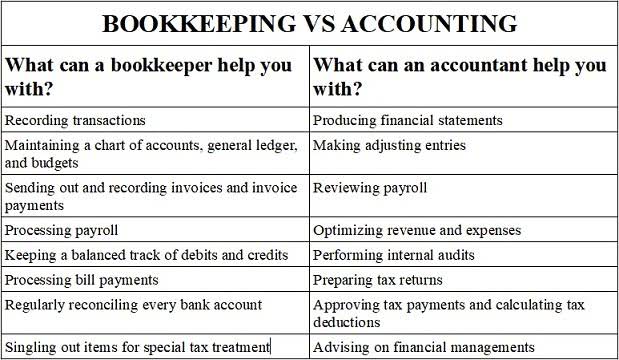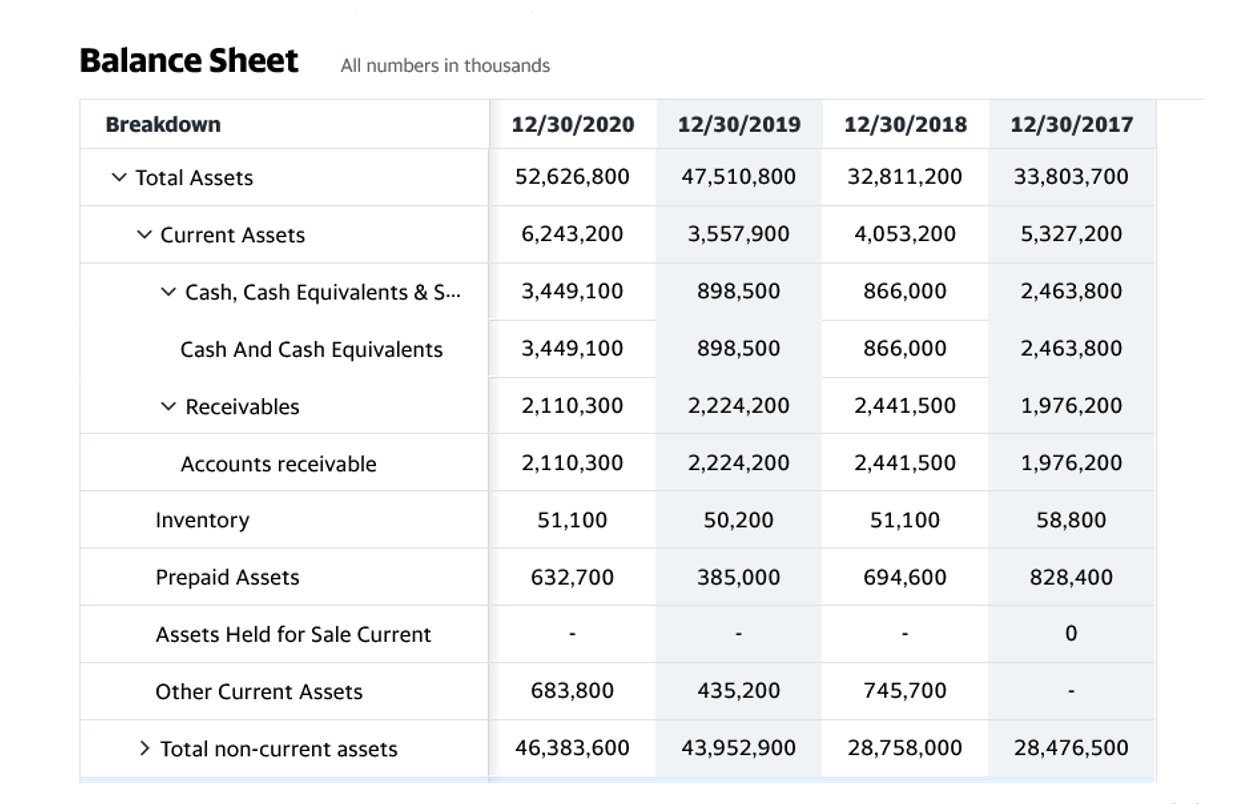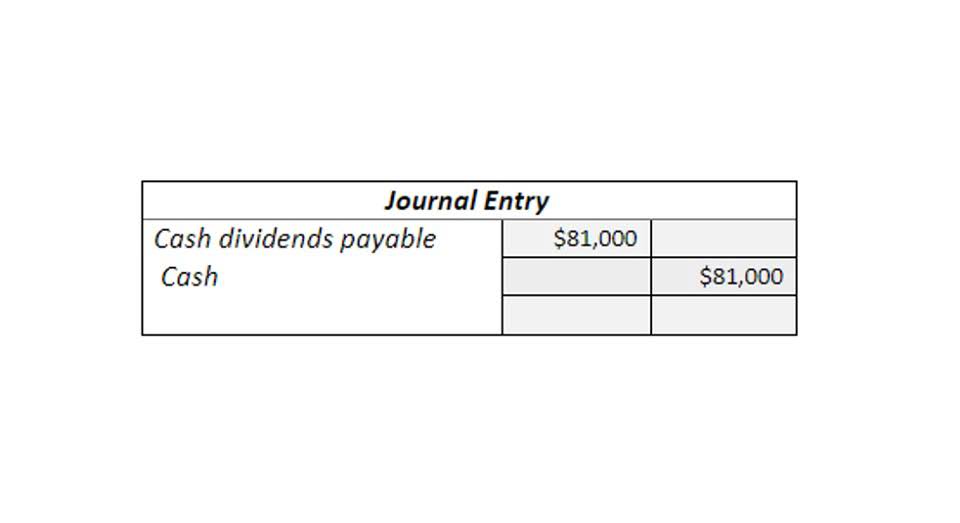
We will also review key concepts unique to the nonprofit sector, including tax-exempt status, unrelated business income tax, political activity restrictions, and preventing excessive officer benefits. Lastly, we will cover governance issues that arise in nonprofit boards and discuss how to analyze financial statements. Implementing a robust expense allocation system allows nonprofits to present a true and fair view of their financial operations. It also aids in strategic decision-making by highlighting areas where efficiency improvements are possible. By employing transparent and consistent allocation methods, nonprofits can demonstrate accountability and stewardship of resources to stakeholders. Transparency in financial reporting is enhanced by the use of modified accrual accounting in governmental funds.
Module 2: Financial Reporting for State and Local Government Part I

Each of these reports serves to elucidate the organization’s financial performance and resource management, helping stakeholders determine the entity’s fiscal responsibility and sustainability. Trust Funds are fiduciary funds used to account for assets held by a government in a trustee capacity for individuals, private government and nonprofit accounting organizations, or other governments. These funds are often established for specific purposes, such as pension plans, investment pools, or scholarship programs. The management of Trust Funds involves fiduciary responsibility, requiring the government to act in the best interest of the beneficiaries.
Tax-Exempt Status
The SCF reports the organization’s change in its cash and cash equivalents during the accounting period. Both statements are similar to balance sheets, summarizing liabilities and assets and assessing the financial health of each. Their main difference is that they reflect assets that affect the constituents bookkeeping of each entity—i.e., taxpayers or, in the case of nonprofits, beneficiaries of the nonprofit operation. Nonprofits and government organizations use three principal financial statements in their reporting.
Governmental Accounting II and Nonprofit Accounting

This classification aids in financial planning and decision-making, providing clarity on the availability and limitations of resources. Governmental accounting adheres to the principles set by the Governmental Accounting Standards Board (GASB). These standards are designed to meet the unique needs of public sector entities, emphasizing financial accountability and budgetary compliance. GASB focuses on how public funds are received and spent, with an interest in ensuring that these transactions are transparent and aligned with legal requirements. The accounting method under which revenues are recognized on the income statement when they are earned (rather than when the cash is received). The balance sheet reports the assets, liabilities, and owner’s (stockholders’) equity at a specific point in time, such as December 31.


These statements include information on government-wide finances and fund-based reports, offering a comprehensive view of financial health. Non-profits must demonstrate that their spending aligns with their mission and the stipulations of their funding. This transparency is vital for maintaining donor trust and fulfilling regulatory requirements. The systematic allocation of the cost of an asset from the balance sheet to Depreciation Expense on the income statement over the useful life of the asset. (The depreciation journal entry includes a debit to Depreciation Expense and a credit to Accumulated Depreciation, a contra asset account).
- Governmental entities typically classify funds into categories such as general, special revenue, debt service, capital projects, and permanent funds.
- One of the main financial statements (along with the income statement and balance sheet).
- This separation is not only a matter of internal control but also a requirement for compliance with legal and donor-imposed restrictions.
- The Financial Accounting Standards Board (FASB) provides guidelines through its Accounting Standards Codification (ASC) 958, specifically tailored for nonprofits.
- We recommend doing a bank reconciliation at least once a month to make sure your books are up to date and accurate, to help track cash flow, to prevent fraud and to detect bank errors.
Notes to the Financial Statements

Permanent Funds account for resources that are legally restricted to the extent that only earnings, and not principal, may be used for specific purposes. These funds are often created through endowments or bequests, with the intent of providing a perpetual Accounting for Churches source of funding for designated activities. The principal amount in a Permanent Fund remains intact, while the income generated is used to support ongoing programs or services. Financial management of Permanent Funds involves investment strategies to maximize returns while preserving the principal. Reporting on these funds focuses on the performance of investments and the allocation of earnings, ensuring that the use of resources aligns with donor intentions. Permanent Funds provide a sustainable financial foundation for governmental entities, supporting long-term initiatives without depleting the original capital.


